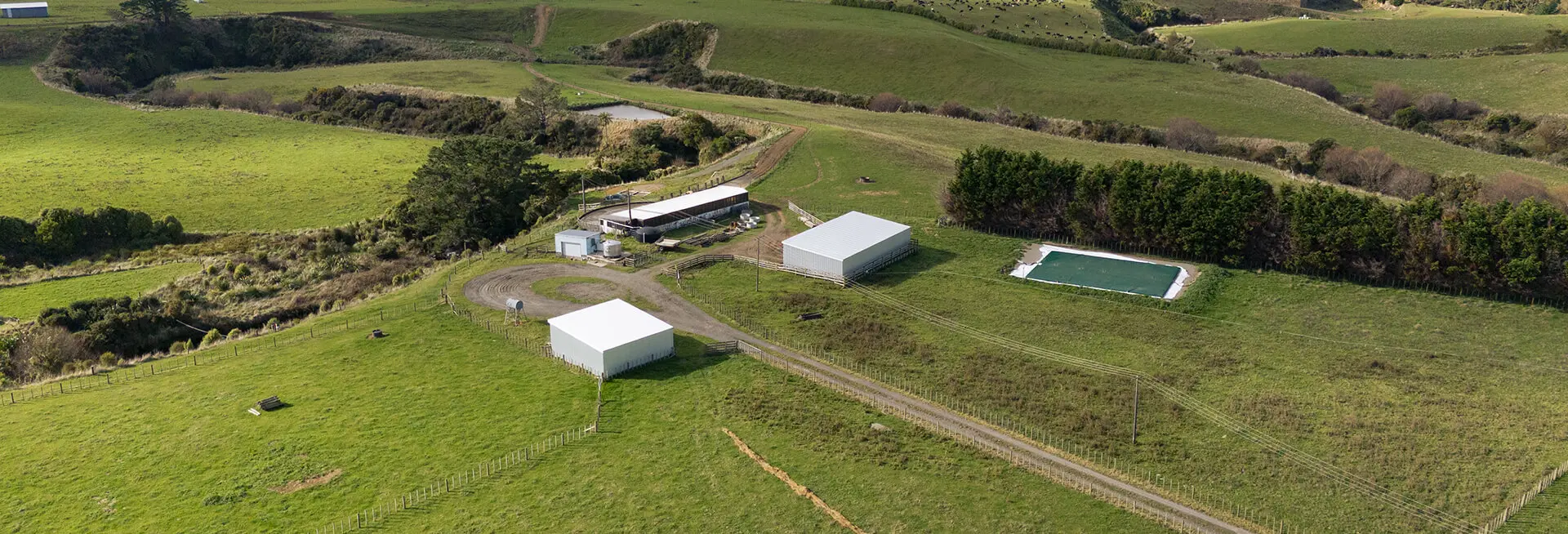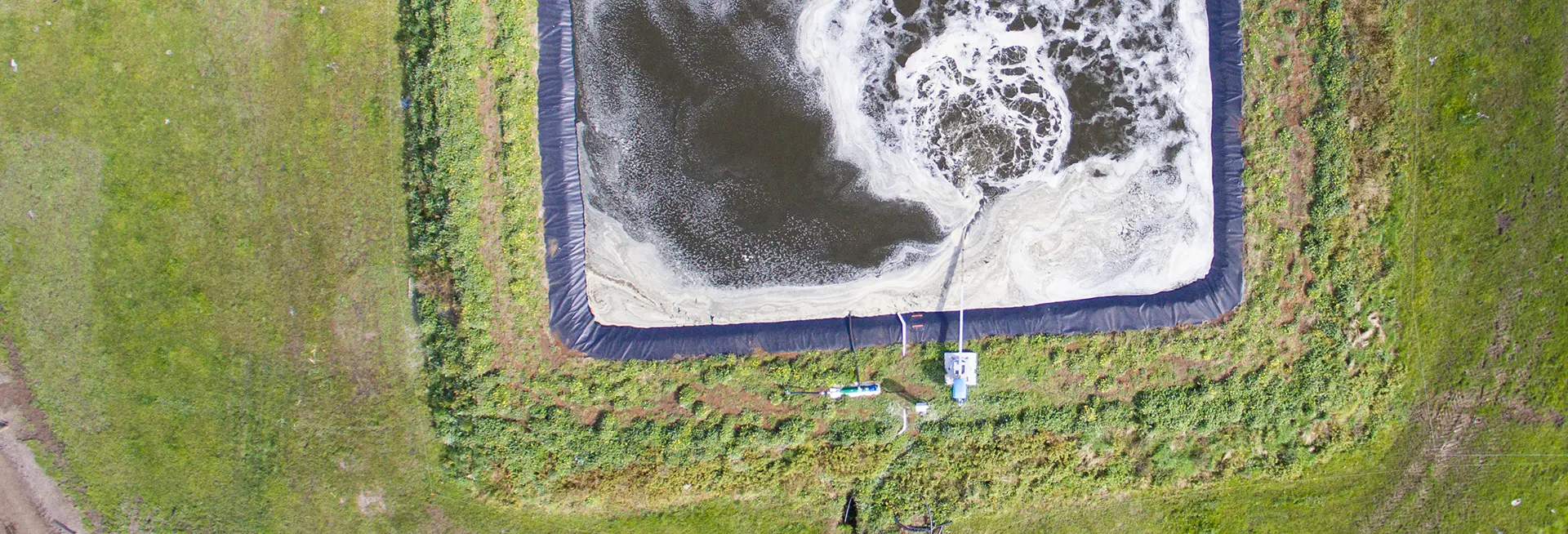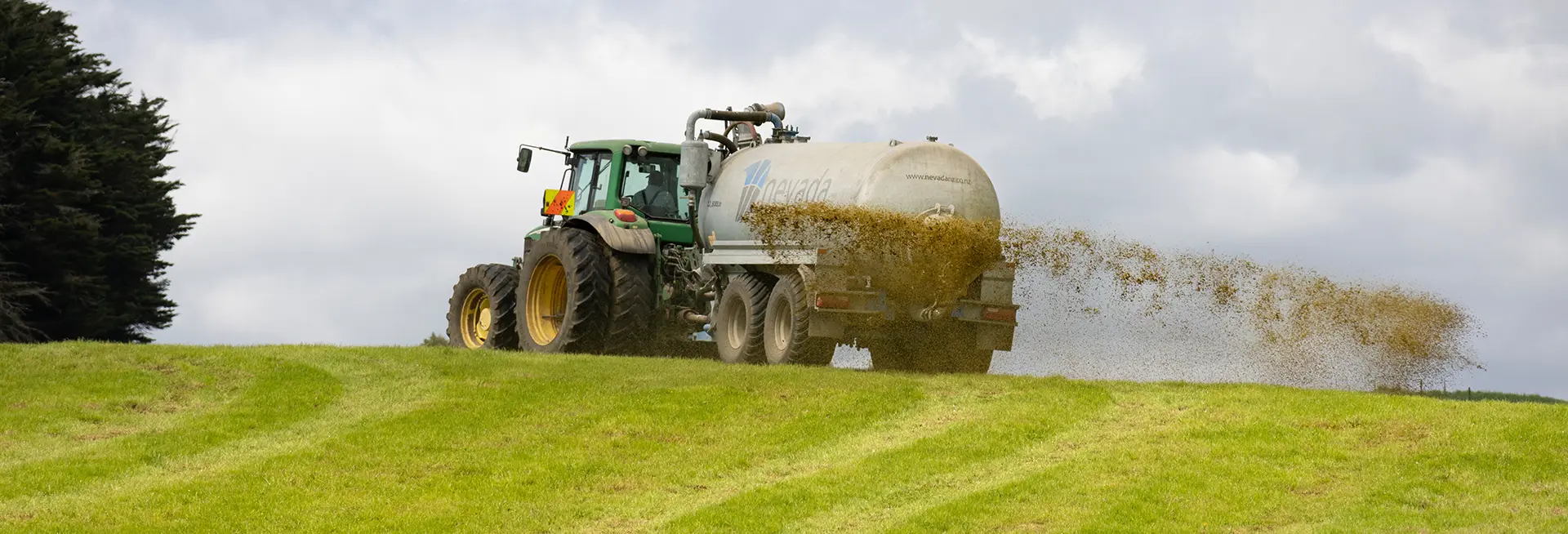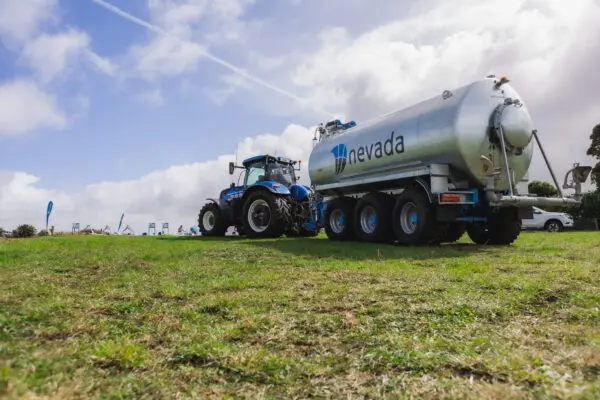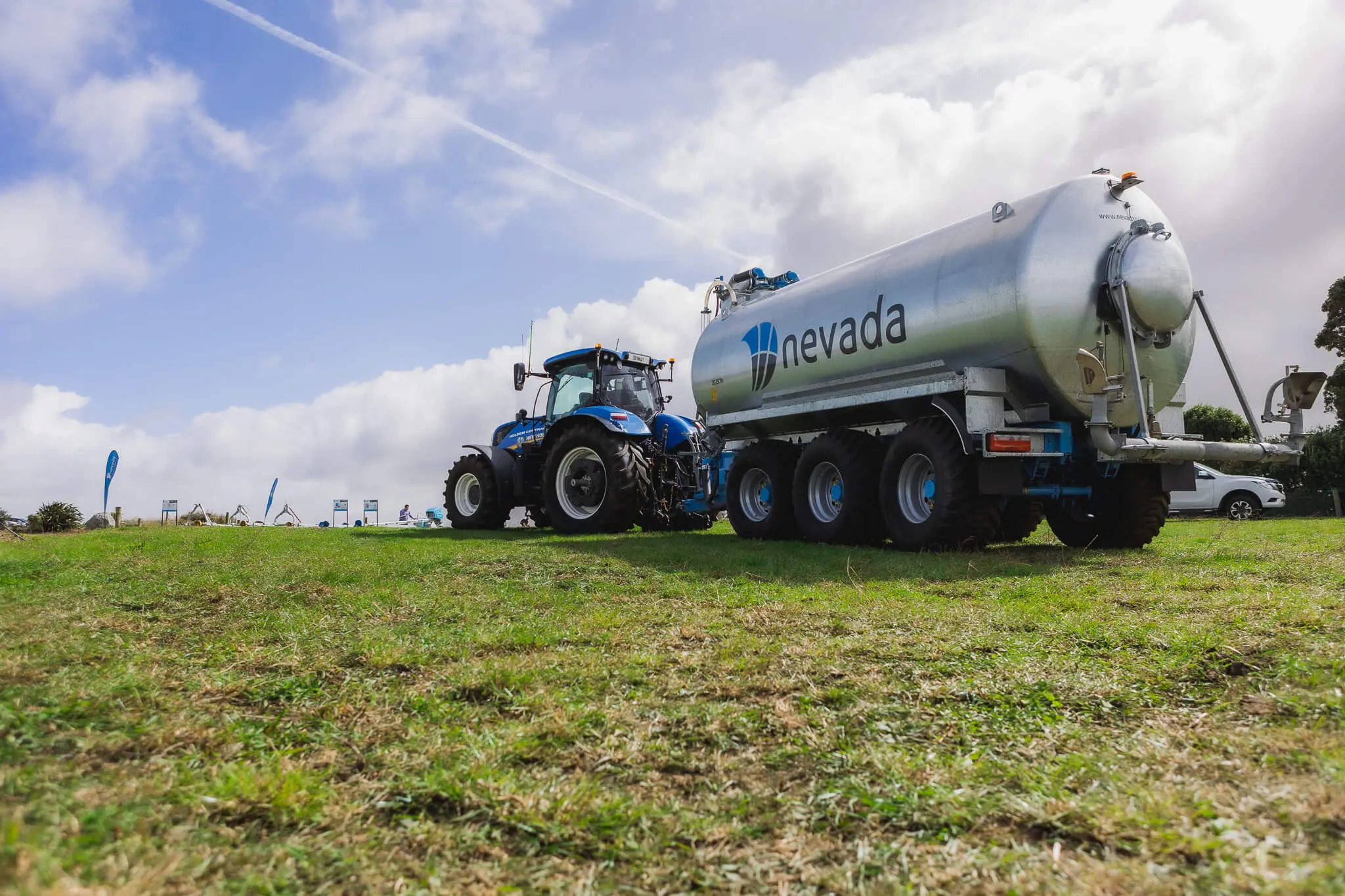Good dairy effluent management is a combination of having a well-designed effluent system and processes to make sure the collected effluent is applied to pasture in the right amount at the optimum time.
Benefits of good effluent management include:
- Fertiliser savings
- Improved soil condition
- Prevention of animal-health issues
- Compliance with council rules or resource consent.
A healthy pond is one that has:
- Minimal or a very small sludge accumulation on the pond floor.
- The solids within the pond are easily/quickly brought up into suspension when required.
- Been well mixed (solids and liquids).
- No dry crust or vegetation on the surface.
- Safe and easily accessible.
- No odour.
- Contains the maximum amount of farm dairy effluent (FDE) nutrients.
CHECKLIST
Daily
- Before and after every milking, check that the stormwater or washwater diversion is in the correct position
Weekly to monthly
- Clean and clear the effluent stone trap and gratings
- Check that the pipes running in and out of the ponds are not blocked
- Control weeds in and around ponds
- Check that the fencing remains stock-proof
Six-monthly to annually
- When the area around the ponds and any seepage areas are dry – graze them
- Check there is not excessive build-up of solids in the anaerobic pond
- Desludge the ponds regularly, when the sludge level is over half the normal effluent depth – this can be checked with a long pole.
For more advice on how to maximise your effluent pond and how to get the best quality effluent back onto your pasture, contact the team at Nevada.
